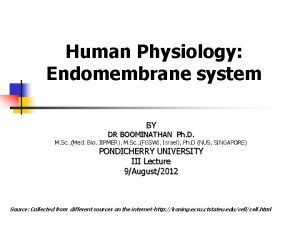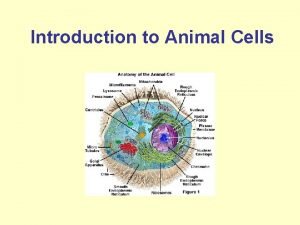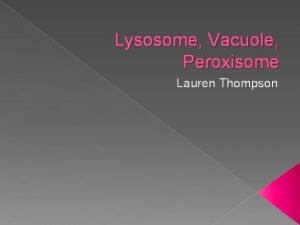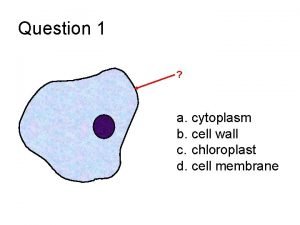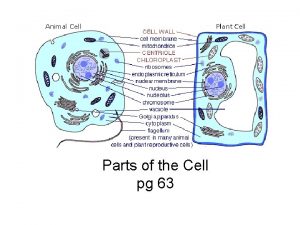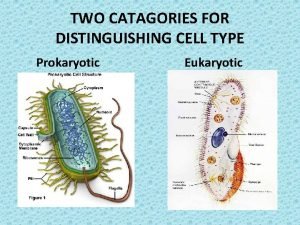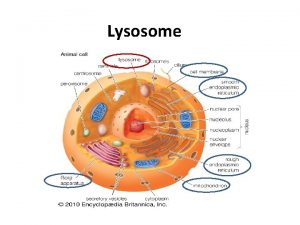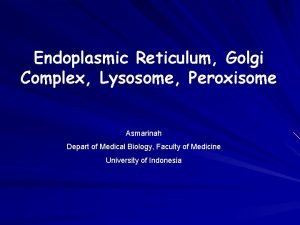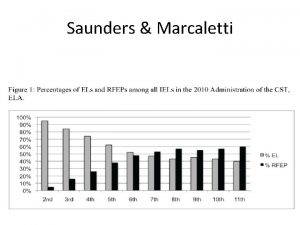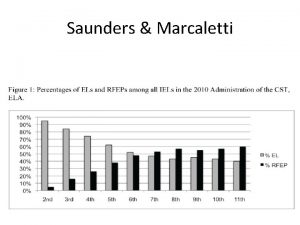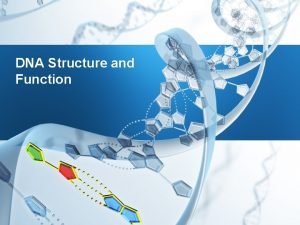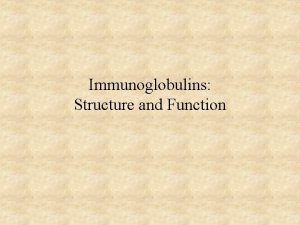Lysosome Vacuole Peroxisome Lauren Thompson Structure and Function











- Slides: 11

Lysosome, Vacuole, Peroxisome Lauren Thompson

Structure and Function of Lysosomes are single-membrane organelles. Their size and shape varies. They are found in nearly every animal-like eukaryotic cell. Lysosomes are often budded from the membrane of the Golgi apparatus, but in some cases they develop gradually from late endosomes, which are vesicles that carry materials brought into the cell by a process known as endocytosis.

Structure and Function of Lysosomes serve as digestion compartments for cellular materials that are no longer useful. They recycle the cells organic material in a process known as autophagy. They break down cellular waste products, fats, carbohydrates, proteins, and other macromolecules into simple compounds. The simple compounds are then transferred back into the cytoplasm as new cell building materials.

Structure and Function of Lysosome During digestion the lysosomes utilize about 40 different types of hydrolytic enzymes, all of which are made in the cell.

Structure and Function of the Vacuole The vacuole is a mass of liquid that contains fluid, nutrients, and waste products surrounded by a membrane. Shape and size varies and the structure varies according to the need of the cell. Vacuoles are found in both animal and plant cells but are much larger in plant cells. Vacuoles store food and nutrients and sometimes waste products so that the cell doesn’t become contaminated.

Structure and Function of the Vacuole In plant cells vacuoles are also used to store water. Vacuoles play an important role in plant structure. The size of a plant depends mainly on how much material is in the vacuole. Maintain internal hydrostatic pressure and an acidic internal p. H.

Structure and Function of Peroxisome A peroxisome is about 1 micrometer in diameter. It is bounded by a cell membrane, consisting of a phosolipid bilayer with embedded proteins. Their membrane contains digestive enzymes for breaking down toxic materials in the cell. Peroxisomes hold on to enzymes that require oxygen. (oxidative enzymes)

Structure and Function of Peroxisome They absorb nutrients that the cell has required. � Known for digesting fatty acids. � They also play a part in digesting alcohol, amino acids, and cholesterol synthesis. �

Did you know? Lysosomes can contain more than three dozen enzymes for degrading proteins, nucleic acids, and certain sugars, called polysaccharides. Lysosomes can even help repair damage to the plasma membrane by serving as a membrane patch, sealing the wound.

Discovery Even though no one knows for sure, Antony van Leeuwenhoek is said to be the one who discovered vacuoles when he was studying bacteria. Christian de Duve was a Belgian researcher who discovered lysosomes in the early 1950’s when he homogenized some animal cells into various components by running them through an ultracentrifuge. Peroxisomes were discovered in 1954 by a doctor named Rhodin when he was using electron microscopy in mouse kidney.

Where are they found? Lysosomes are most numerous in disease fighting cells, such as white blood cells. They are also in the cells of organs in the digestive system. Peroxisomes are also found in the organs located in the digestive system. Vacuoles are found in three genera of filamentous sulfur bacteria, the Thioploca, Beggiatoa, and the Thiomargarita. They are also found in fungi.
